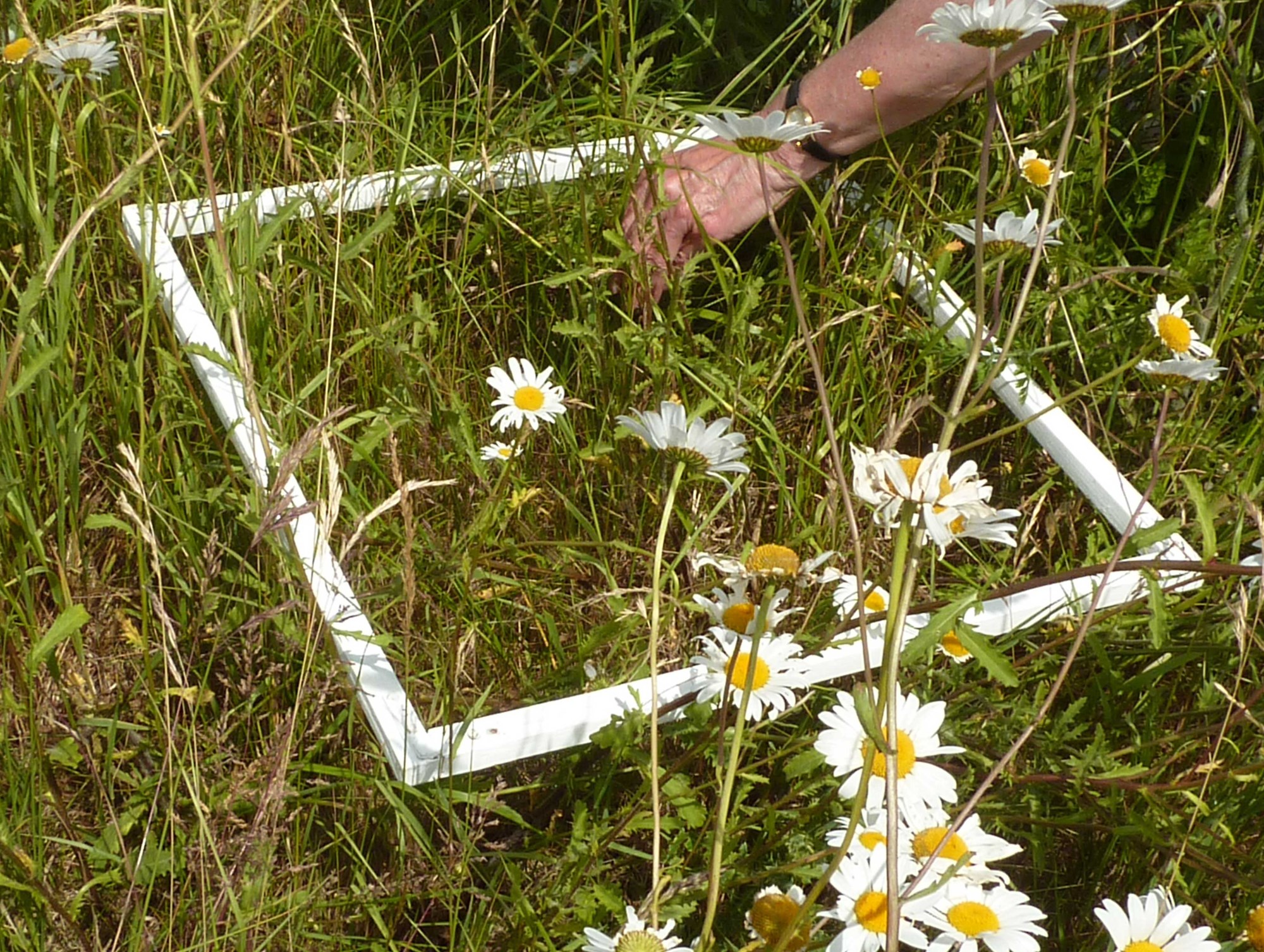Quadrate surveys are widely used methods to establish projective canopy cover. The size of quadrates depends on the type of vegetation and heterogeneity of the canopy. The simplest method to estimate canopy cover within a quadrate is just ‘eye-balling’ i.e. guessing the projective cover visually. This is easier in herbaceous plots than woody vegetation, however the results are subjective to the observer’s skill and experience.

Some sophisticated instruments that are used to measure Leaf Area Index with fish eye camera lens (providing hemispherical photographs) can be used to obtain more precisely. Image processing softwares such as CAN-EYE can also be used to calculate canopy cover by using digital hemispherical photographs.
More information about quadrate survey can be found here.
